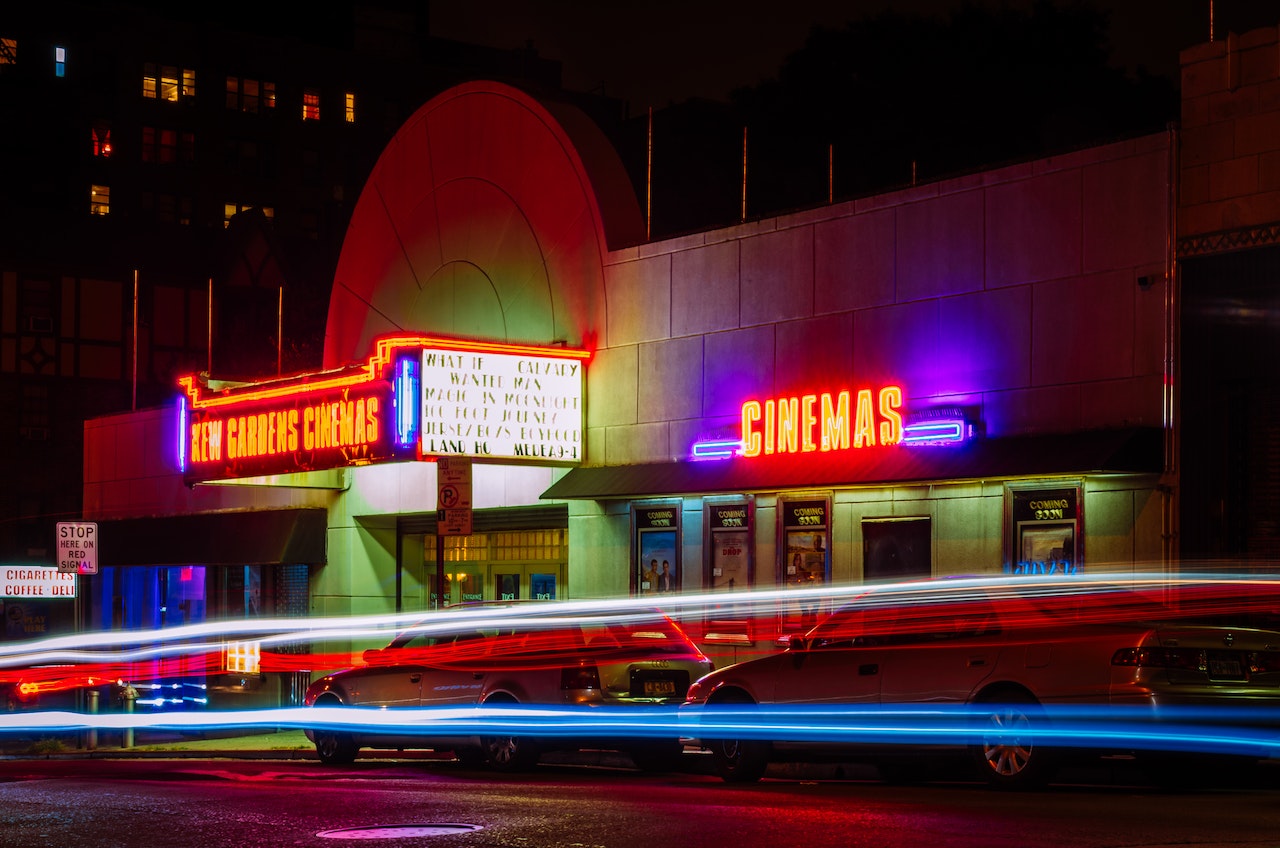
The Early Days of Horror
The horror genre can be traced back to the early days of cinema, with classic monster movies like Frankenstein and Dracula. These films relied on Gothic imagery and supernatural elements to create fear in audiences. The 1930s and 1940s saw the rise of horror icons like Boris Karloff and Bela Lugosi, and the genre began to incorporate elements of science fiction and psychological horror.
In the 1970s, the horror genre took a darker turn with the rise of the slasher film. Films like Halloween and Friday the 13th brought a new level of gore and violence to the genre, and introduced iconic villains like Michael Myers and Jason Voorhees. The slasher film was often criticized for its gratuitous violence and objectification of women, but it quickly became a popular subgenre.
The Early Days of Horror
The horror genre can be traced back to the early days of cinema, with classic monster movies like Frankenstein and Dracula. These films relied on Gothic imagery and supernatural elements to create fear in audiences. The 1930s and 1940s saw the rise of horror icons like Boris Karloff and Bela Lugosi, and the genre began to incorporate elements of science fiction and psychological horror.
In the 1970s, the horror genre took a darker turn with the rise of the slasher film. Films like Halloween and Friday the 13th brought a new level of gore and violence to the genre, and introduced iconic villains like Michael Myers and Jason Voorhees. The slasher film was often criticized for its gratuitous violence and objectification of women, but it quickly became a popular subgenre.













